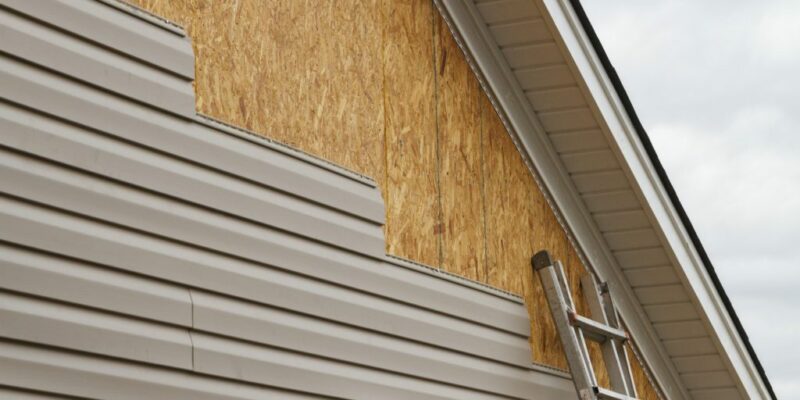Your home’s siding is not just a decorative addition but is essential in protecting your house from natural elements such as rain, wind, and snow. If your siding is damaged, it can leave your home exposed to the elements and create leaks and water damage inside your home.
On the other hand, replacement siding can also give your home’s exterior a facelift and increase its value. In this blog post, we will discuss four signs to look for when determining whether it’s time for replacement siding.
Sign 1. Warped, Cracked, or Rotting Siding
If you notice large cracks or areas of warping or rotting in your siding, it is a sure sign that it is time for a replacement. These damages can be caused by prolonged exposure to natural elements or lack of proper maintenance. In addition, when left unattended, it can cause your home to become vulnerable to water damage and insect infestations, leading to costly repairs in the future.
Sign 2. Blisters or Bubbles on Your Siding
If you see little bubbles or small blisters on your siding, this could be a sign of underlying trapped moisture, causing your siding to fail and expose the inside sections of your home. Don’t let an opportunity to prevent water damage costs be put by the wayside.
Instead, immediately stay on top of any interior repairs needed for optimal home safety. Letting these damages continue to stack up can make reversing damages increasingly costly, which you’ll surely want to avoid.
Sign 3. Fungus, Mold, or Mildew on Your Siding
It’s always a good idea to keep an eye out for the quality of your home’s exterior, so if you notice any fungi or mold on your siding, it could mean that excessive moisture is trapped in the material. That can lead to weaker siding and further structural issues across the building’s durability.
But that’s not all – left unchecked, all those materials can quickly become health hazards, introducing strange odors and dust floating throughout your family’s living space. So don’t wait until it becomes a larger problem; schedule replacement siding now to prevent future damage and ensure your home stays safe and secure.
Sign 4. Severely Faded Siding
Over time, your siding can experience fading due to exposure to the sun’s harsh UV rays. Faded siding can make your house look outdated; if it’s severe, it can indicate damage to the siding material. In these cases, it is essential to replace the siding not only to renew the appearance of your home but also to protect it from further damage.
Is it Time for Home Replacement Siding: In Conclusion
Health and safety should always be the top priority when considering replacing the siding of your home. Look for signs such as cracked or missing pieces, wood rot, faded paint, and overall deterioration of your home’s appearance. Taking care of these maintenance issues can save you a great deal of money in the long run.
Don’t let yourself off the hook by ignoring these signs.
Though repairs on your home can seem intimidating, tackling them sooner rather than later will reduce stress and frustration. Your home is an important asset that you want to protect through proper upkeep and maintenance; it starts with addressing any issues with your siding before they become bigger problems that cannot be overlooked.
Once you make sure its structural integrity is intact, you’ll be more likely to enjoy your free time in the comfort of your own safe home.













Comments